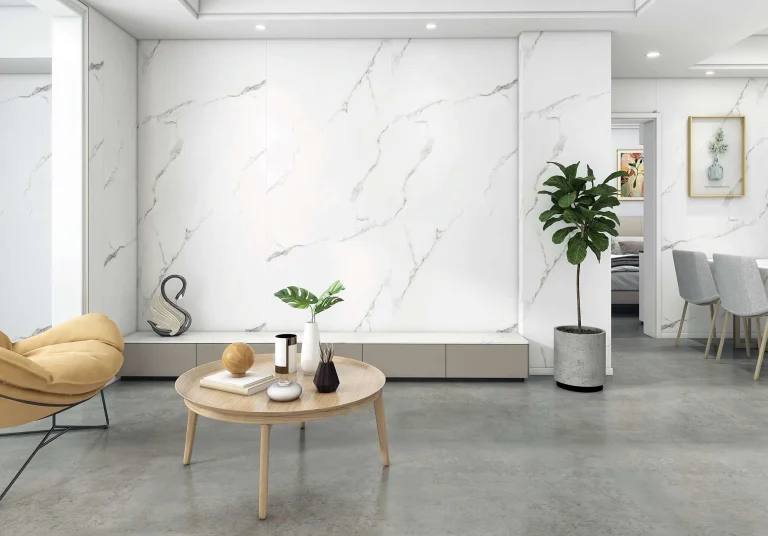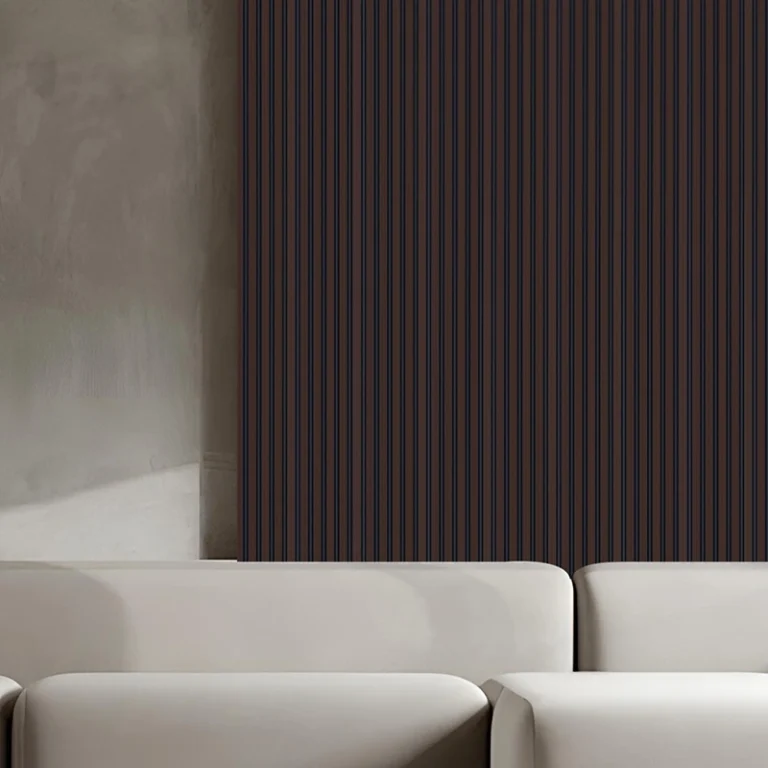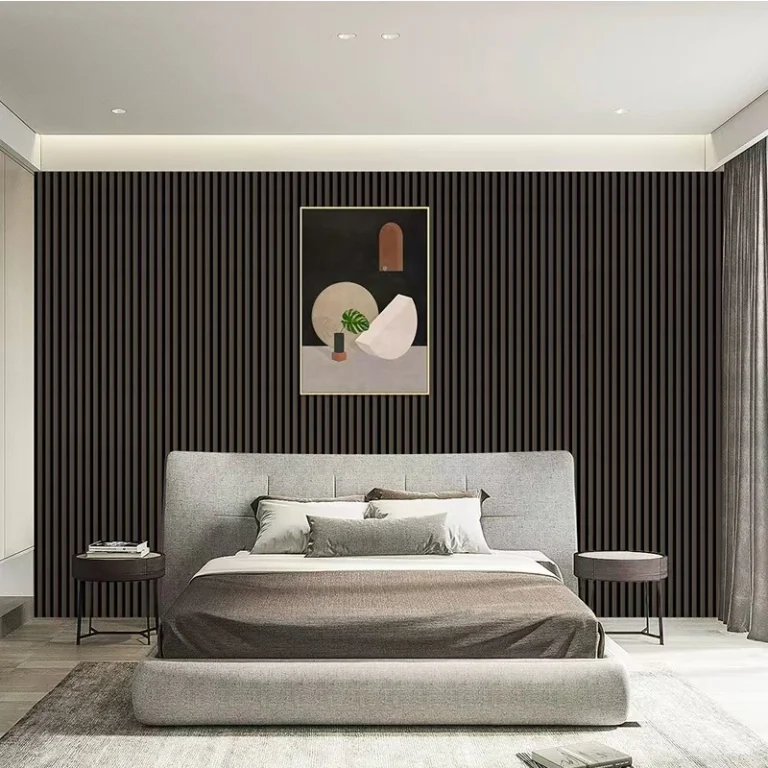What Are UV Boards and Acrylic Sheets Made Of, and How Do Their Materials Affect Durability?
The makeup of UV boards and acrylic sheets shapes how long they last. Each uses different materials and building methods. This changes their strength in daily use.
Composition and Manufacturing Process of UV Boards
UV boards possess a base like PS (Polystyrene), MDF, or PVC. A UV-cured film or paint then covers them. The topmost layer adds to their wear protection, water resistance, and resistance to fading. PS wall panels are embossed, gold-embossed, multi-color gold-embossed, or two-color, just like PS lines. The panels are normally formaldehyde-free and heavy metal-free, thus it is an eco-friendly option. They are recyclable, water-resistant, easy to install, formaldehyde-free, heavy metal-free, and pest-resistant.
The build process starts with squeezing out the core material. Next, decorative films or UV coats go on top. This layered setup adds style choices. It also shields the core from outside damage. This helps UV boards last longer.
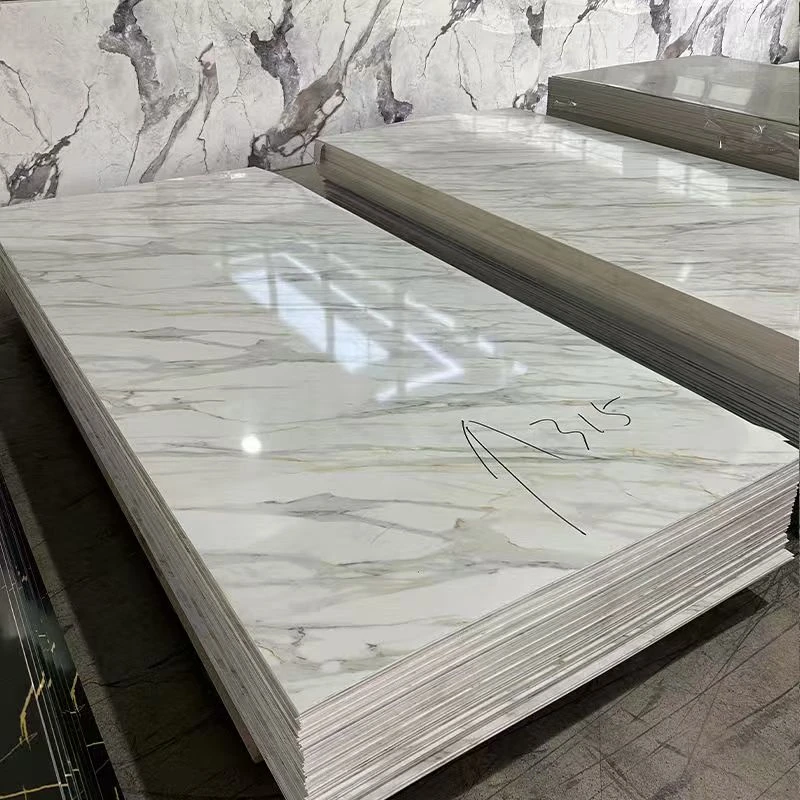
Material Structure and Properties of Acrylic Sheets
Acrylic sheets come from polymethyl methacrylate (PMMA). This is a clear plastic with a glass-like shine and good light flow. Unlike UV boards with a coated layer, acrylic sheets are the same all through. So, scratches or hits go right into the material, not just the top.
Acrylic is stiff but light. It takes hits better than glass. But scratches hit it harder than coated UV boards. Extra hard coats can help, but they add cost.
How Material Differences Influence Long-Term Performance
UV boards’ layered build gives them an edge. The UV coat acts like a shield. It fights daily wear and outside factors. Acrylic sheets keep their clear look over time. But they need more care to stay nice. Scratches show up more easily.
For spots where looks must stay good with little work—like shop interiors—UV boards do better. Their built-in protection makes them last longer.
How Do UV Boards Perform Compared to Acrylic Sheets in Daily Use?
In daily settings, UV boards and acrylic sheets face different tests. These include touch, cleaning, and small bumps. Each handles them in its own way.
Resistance to Scratches, Stains, and Wear
In places like kitchens or offices, panels get touched a lot. They face cleaning and random knocks. The UV coat on UV boards gives strong cover against these. Its decorative appeal, combined with durable and environmentally conscious construction, makes it a top choice for modern interior design.
Acrylic sheets look nice, but scratch more easily unless they get special treatment. Their single-layer build lacks the extra guard of a coat.
Impact of Moisture, Heat, and Sunlight on Each Material
UV boards work well in wet spots. Waterproof & Insect-Resistant: Suitable for diverse environments, making them ideal for kitchens and bathrooms where humidity levels fluctuate.
Acrylic sheets handle water okay, but can bend in high heat if not set right or cooled. Long sunlight can yellow cheaper acrylics. UV-safe types help but cost more.
Maintenance Requirements for Longevity
UV boards need little care. A damp cloth wipe keeps them clean without hurting the finish. Easy to Install: Ideal for professional and DIY projects, which also implies ease in replacement if needed.
Acrylic sheets need careful cleaning. Rough cloths or strong cleaners can harm them for good. Over time, polishing may fix scratches but adds work.
Is UV Board More Durable Than Acrylic Sheet in Commercial Environments?
In busy business spots, UV boards and acrylic sheets face heavy use. Durability becomes key in these places.
Suitability for High-Traffic Areas and Frequent Handling
For hotel facades or storefronts, where surfaces undergo a lot of bumping or touching, staying resilient matters. Perfect for wholesalers, designers, and contractors, including: Commercial Spaces: Retail stores, restaurants, hotels, UV boards excel due to their reinforced coating, which doesn’t discolor or scuff despite everyday use.
Acrylic sheets wear out faster here. They need extra layers to stay good in tough spots.
Structural Stability Over Time Under Repetitive Use
UV boards hold their shape over time. Their mixed build fights bending. They stay steady even over big areas or in changing weather.
Acrylic sheets stay solid in normal use. But quick hits or stress points can crack them. This makes them less fit for spots with lots of contact.
Color Retention and Surface Integrity in Business Settings
Keeping colors bright matters in business where brand looks count. Finishes Available: Wood Effect with Morandi Color, Metallic Effect ensures that UV boards offer long-lasting visual appeal without fading.
Acrylics may fade in direct sun unless treated with UV blockers. This adds cost and setup work.
Which Panel Material Offers Better Value Over Time: UV Board or Acrylic Sheet?
Value over time looks at start costs, care, and green factors. UV boards and acrylic sheets differ here.
Initial Investment vs. Long-Term Replacement Costs
Acrylic sheets may seem cheap at first. They come in standard sizes and looks. But they get damaged more easily. This means replacing them more, which adds up.
UV boards cost more upfront. But their strength saves money over time. They work well in busy spots like office welcomes or hotel halls where fixes cost a lot.
Cost of Installation and Maintenance Over Lifespan
UV boards set up easily with glue, nails, or clips. It can be fixed to the wall by using left and right buckles. The construction is fast.
Acrylic sheets need exact cuts and edge work. This raises work costs. Polishing for scratches adds more cost over time.
Environmental Considerations and Sustainability Factors
UV boards from PS materials recycle well. They skip harmful stuff like formaldehyde or heavy metals. Eco-Friendly: Made with sustainable materials, formaldehyde-free, and no heavy metals
Acrylics with PMMA can be recycled in some cases. But it’s harder due to their makeup. This makes UV boards greener overall.
Why Choose SANGNI for Your UV Board and Acrylic Sheet Sourcing Needs?
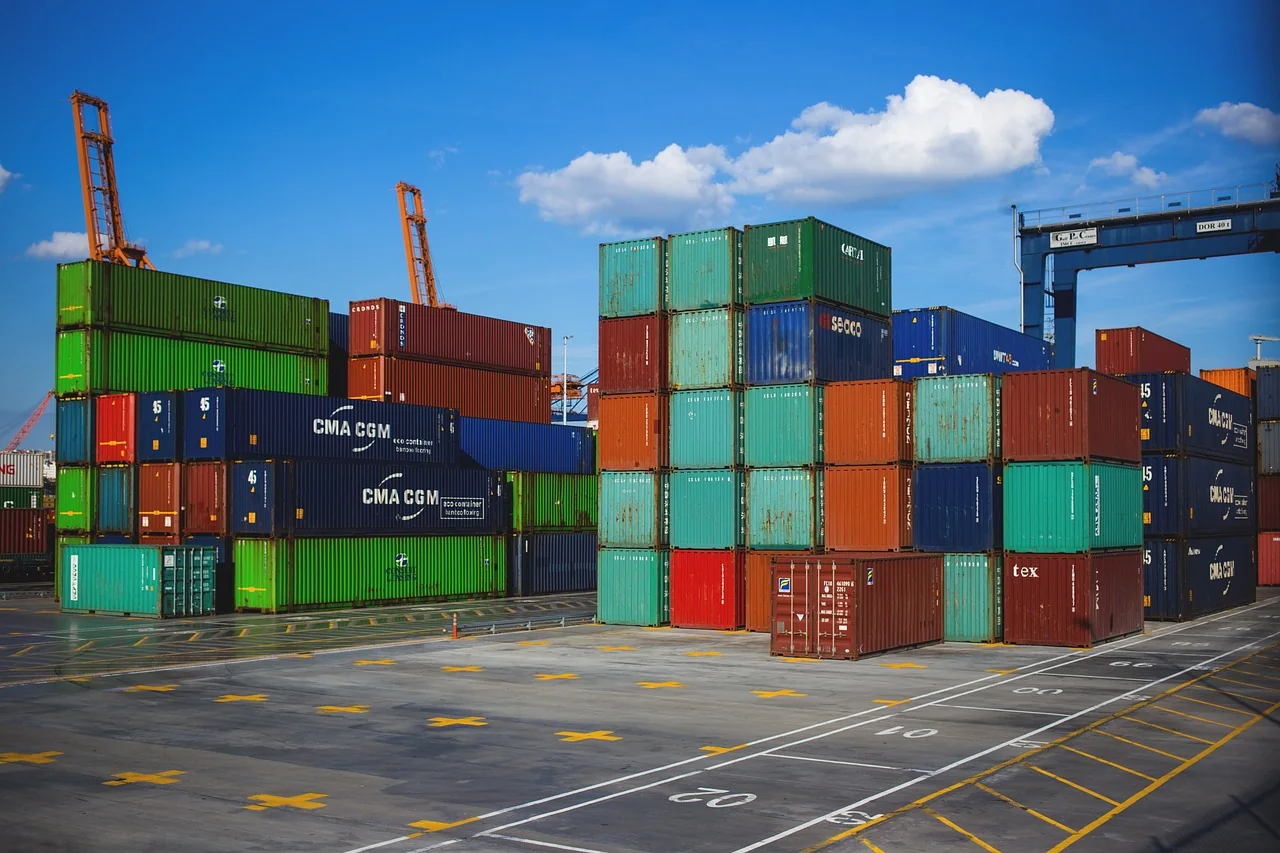
SANGNI helps you find top UV boards and acrylic sheets. We make buying simple and sure.
Who We Are and What We Offer at SANGNI
At SANGNI, we specialize in connecting global buyers with high-quality building materials, including premium UV boards and acrylic sheets tailored for interior applications across commercial spaces such as hotels, offices, and retail environments.
Our expertise lies not just in product knowledge but also in understanding market demands—helping clients navigate between aesthetics and functionality while optimizing cost-efficiency.
Our Procurement Agent Services for Panel Materials
Reliable Sourcing Channels for UV Boards and Acrylic Sheets
We team up with trusted makers who follow world quality rules. This ensures every panel meets tough use needs.
Quality Inspection and Logistics Support
Our group checks quality before shipping. We look at size, truth, and surface looks. You get what you order.
Custom Packaging Solutions Based on Client Requirements
We give packaging fits for your needs. Big loads for large jobs or small packs for special builds. All arrived safely across the world.
FAQ
Q: Which lasts longer: UV board or acrylic sheet?
A: In high-traffic environments like offices or hotels where surfaces endure frequent contact and cleaning, UV boards generally last longer due to their scratch-resistant coatings and structural stability.
Q: What should I consider when choosing between UV board and acrylic sheet?
A: Consider factors like exposure to moisture or sunlight, required durability against physical wear, maintenance preferences, installation complexity, and aesthetic requirements before deciding between the two materials.
Q: Are UV boards suitable for commercial interior design?
A: Yes. Its decorative appeal, paired with durable construction, makes it a top choice for modern interior design, especially in commercial spaces like reception areas and retail displays.
Q: Which brands offer reliable UV board products?
A: SANGNI offers access to premium PS-based UV boards that are eco-friendly, waterproof, insect-resistant, and available in various finishes suitable for both commercial and residential interiors.
Q: How does the cost of maintaining UV board compare to acrylic sheet?
A: Over time, UV boards tend to be more cost-effective due to lower maintenance requirements and higher resistance against common forms of damage like scratching or fading compared to acrylic sheets.

